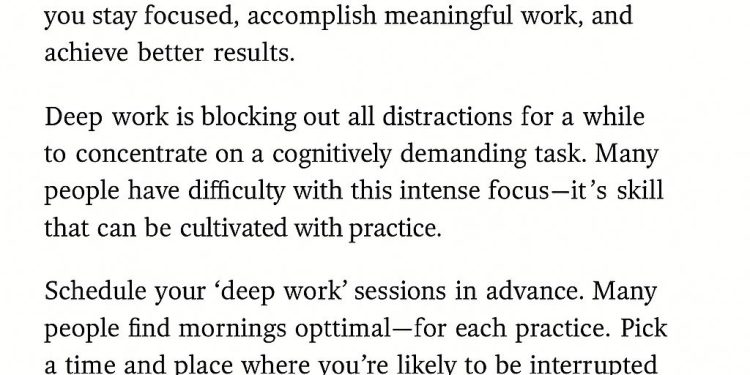Agentic AI in 2025 helps companies automate more tasks by making smart decisions and using the right tools at the right time. Big companies have launched new AI platforms, leading to up to 95% of customer support tickets being handled by AI and saving up to 30% in costs. This new AI can plan, adapt, and solve problems better than old rule-based systems. Businesses like Mercedes-Benz have seen faster service and happier customers. To keep things safe and fair, companies use strict rules for logging actions, getting user consent, and limiting what AI can do on its own.
What is Agentic AI and how is it impacting enterprises in 2025?
Agentic AI in 2025 enables enterprises to automate tasks using goal-driven reasoning and adaptive tool orchestration, moving beyond static rules. Major vendors have launched new platforms, delivering measurable value such as up to 95% ticket automation, 30% operational cost reduction, and improved customer satisfaction.
Agentic AI systems have officially graduated from pilot stage to production in 2025, and the numbers are eye-catching:
- Major vendors launched 10 new agent platforms between January and July 2025 (source)
- Gartner now predicts that by 2029, 80 % of common service issues will be resolved autonomously, cutting operational costs by 30 % (source)
From Rules to Reasoning: How Agentic AI Works
Traditional automation follows scripts. Agentic AI plans, selects tools, and adapts steps using real-time context. The leap is visible in three layers:
| Layer | Traditional Automation | Agentic AI 2025 |
|---|---|---|
| Logic | Static rules | Goal-driven reasoning |
| Tools | Fixed APIs | Dynamic tool orchestration |
| Escalation | On failure | On policy & confidence threshold |
Where Value Is Already Measured
- Intelligent triage and routing*
- Mercedes-Benz reduced average handle time by 25 %
-
CSAT scores improved by 15 % after deploying agentic agents (source)
-
Autonomous resolution*
- Enterprise support teams report 58–95 % automation on high-volume, low-complexity tickets
- Targeted deployments show ROI up to 1,275 % within 12 months (source)
2025 Vendor Snapshot
| Vendor | 2025 Launch | Key 2025 Addition |
|---|---|---|
| *Salesforce * | Agentforce 3 (July) | Atlas reasoning engine, native LLM hosting |
| *ServiceNow * | AI Agent Orchestrator | Control-tower for thousands of pre-built agents |
| Google Cloud | Partner integrations | AgentExchange participation |
| *IBM * | watsonx agents | Marketplace presence |
| *AWS * | Foundation support | Hosting layer for agent frameworks |
Governance Checklist for 2025 Deployments
- Audit trails: Every agent action logged with input, tool, and output
- Consent notices: AI disclosure in customer channels
- Least-privilege access: Agent scope limited to policy-approved tools
- Escalation thresholds: Human approval for impactful actions (refunds, cancellations)
Companies that implemented guardrails in 2025 saw 40 % fewer override requests during peak volume periods (source).
How are enterprises moving from proof-of-concept to production with Agentic AI?
Pilot-to-production milestones reached in 2024-2025.
Vendors report that organizations already in production are seeing 58-95 % automation of routine service inquiries and 30 % drops in average handle time, while cost-to-serve metrics fall by 30 % or more [source mix].
The shift is driven by new 2025 platforms such as Salesforce Agentforce 3, ServiceNow AI Agent Orchestrator, and expanded partner ecosystems from AWS, Google Cloud, IBM, and Snowflake [CRN, July 2025].
What measurable gains are enterprises seeing?
| KPI | Before Agentic AI | After 6–12 months |
|---|---|---|
| Autonomous resolution rate | 15–25 % | 58–95 % |
| Average handle time | baseline | ↓25–30 % |
| First-contact resolution | 60 % | ↑30 % |
| Cost per ticket | $X | ↓60–80 % |
| Customer satisfaction (CSAT) | baseline | ↑15 % |
Real-world proof points (vendor-reported)
– DoorDash voice AI: 35 000 daily calls automated at 95 % success [AnyReach, Jul 2025].
– Mercedes-Benz: 25 % faster handle time, 15 % CSAT jump [SuperAGI, Jun 2025].
– Bayer: 30 % more first-call resolutions [SuperAGI, Jun 2025].
Which vendor platforms are ready for 2025 production?
Salesforce Agentforce 3 (June 2025)
– Atlas reasoning engine, native Anthropic LLM hosting, lower latency.
– AgentExchange marketplace with 30 + third-party plug-ins (Box, Cisco, PayPal, Teradata).
– 5 000+ paying customers already live by March 2025 [TDX 2025].
ServiceNow AI Agent Orchestrator (2025)
– Central “control tower” for thousands of pre-built agents (IT, HR, CSM).
– AI Agent Studio for custom agents; built-in governance and inter-agent communication.
Google Cloud, IBM, AWS, Snowflake (partner mode)
– Not standalone orchestrators; provide model hosting, toolkits, and integrations inside the above ecosystems while offering their own vertical agents.
What governance guardrails are mandatory for safe rollout?
- Consent + Disclosure: clear banners or voice prompts telling users they are interacting with AI.
- Audit Trail: every agent action logged with inputs, tools invoked, and human approvals.
- Least Privilege: agents can only touch the systems and data scoped for their task.
- Human Escalation: automatic hand-off when confidence scores drop or policy thresholds hit.
- Bias Testing: periodic reviews on customer segments to prevent discriminatory outcomes.
How should teams start tomorrow without overreaching?
- Pick one high-volume, rule-based workflow (e.g., password reset, refund under $50).
- Define success KPIs: containment rate, MTTR, CSAT.
- Use vendor 2025 platforms – Agentforce or ServiceNow Studio – to configure agents with built-in compliance templates.
- Run a 4-week A/B pilot against human-only handling; capture logs and mistakes.
- Scale in 90-day sprints, expanding scope only after governance checklist passes its third-party audit.
By following these steps, enterprises can move from cautious pilots to governed, revenue-generating production before the next planning cycle rolls around.



















